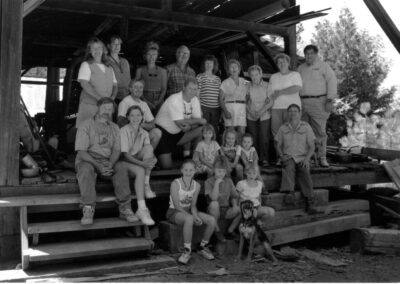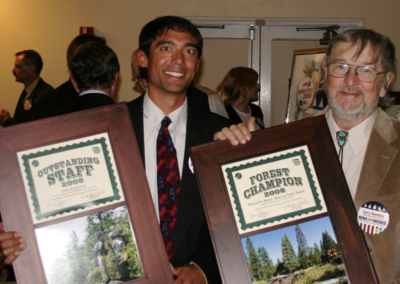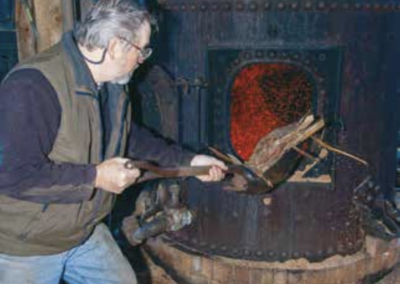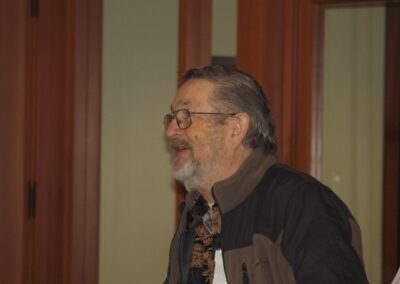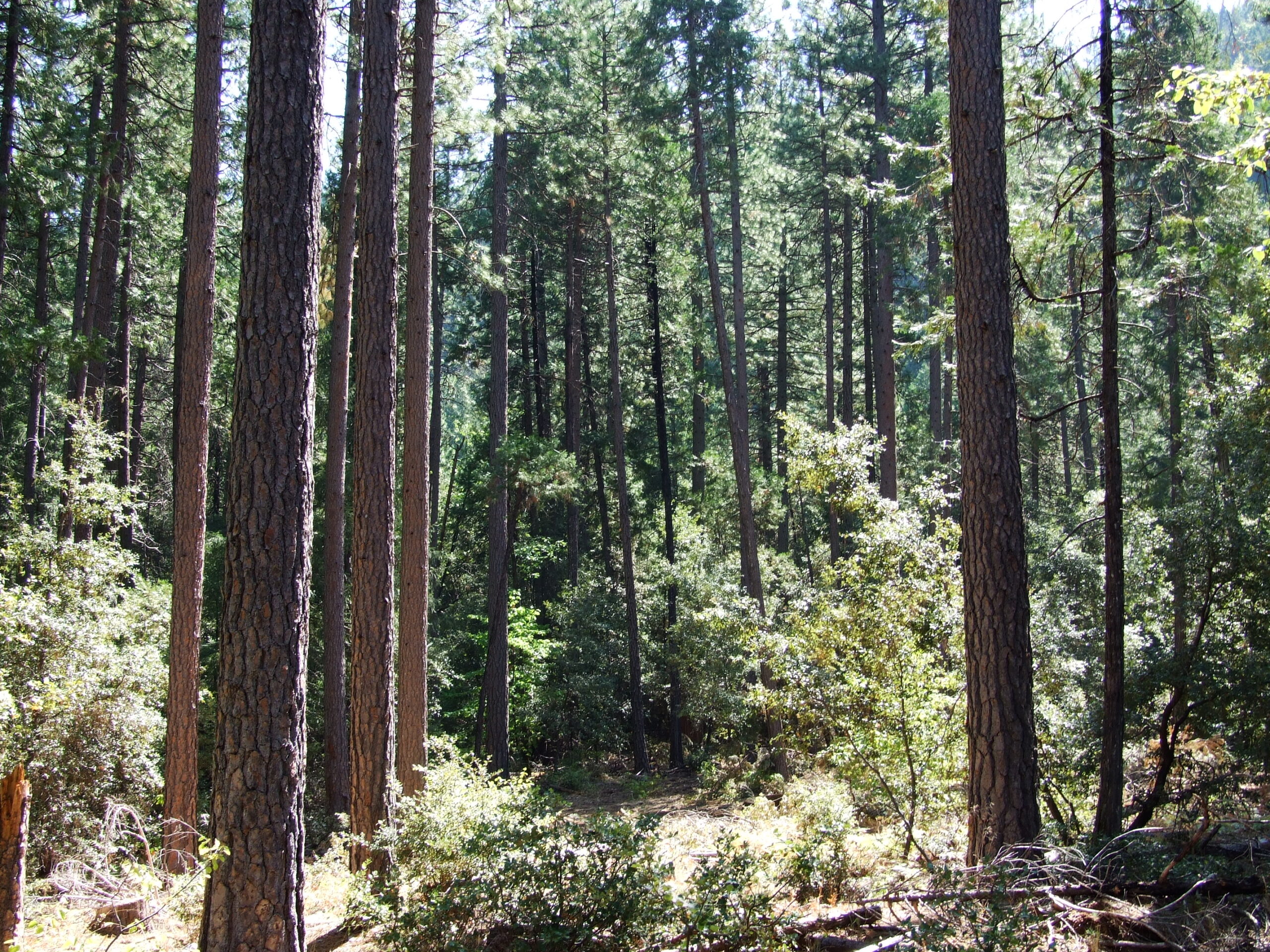FOREST FLASH March 2023
In Pacific Forest Trust’s e-newsletter, Forest Flash, we send you the most recent PFT news and updates on forests, clean water, climate, and wildlife. Subscribe here.
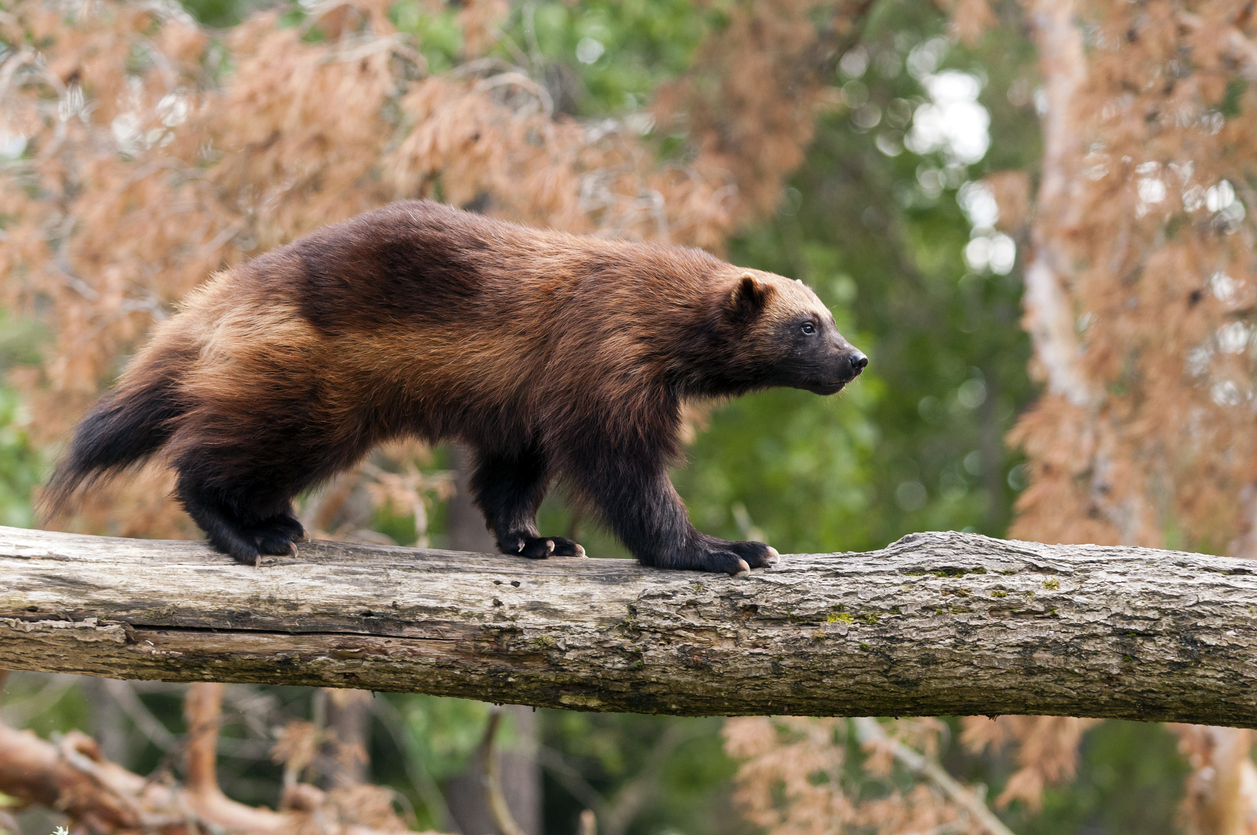
This month, there were two sightings of the rare wolverine along western Oregon’s Columbia River — the first in decades. While its name may recall images of a certain action movie character, the real wolverine is a member of the weasel family, with an estimated population of just a few hundred scattered across the entire Pacific Northwest. With drastic reductions in their population and range, wolverines overall are a candidate species for federal protection, with the California Wolverine protected under both federal and state Endangered Species Acts.
The sighting highlights just how important large landscape forest conservation is for species survival: Wolverines prefer high (often alpine), dense forests. They can travel up to 30 miles a day and their home ranges can vary from 100-600 square miles! On top of that, a changing climate – which affects everything from water and food availability to wildfire severity – can impact their habitat needs. All of this necessitates not just isolated protected islands of habitat but also the availability of complete and linked conservation corridors.
PFT has worked with a number of private landowners to permanently conserve large portions of the Klamath-Cascade region that spans Oregon and California, including the vital Siskiyou Crest (which comprises part of the wolverine’s territory). Our easements on properties like Mountcrest and Butte Creek Meadows, as well as our recent purchase of the Mount Ashland Demonstration Forest, are all contributing to a more complete and connected habitat for hundreds of species.
On Thursday, April 6, Pacific Forest Trust will be bringing together three of the region’s foremost experts in wildlife biology and conservation as part of our “Seeing the Forest” webinar series. It promises to be an excellent and timely conversation about how we can support more biodiverse, resilient forest landscapes in the face of a changing climate. Learn more and register here.
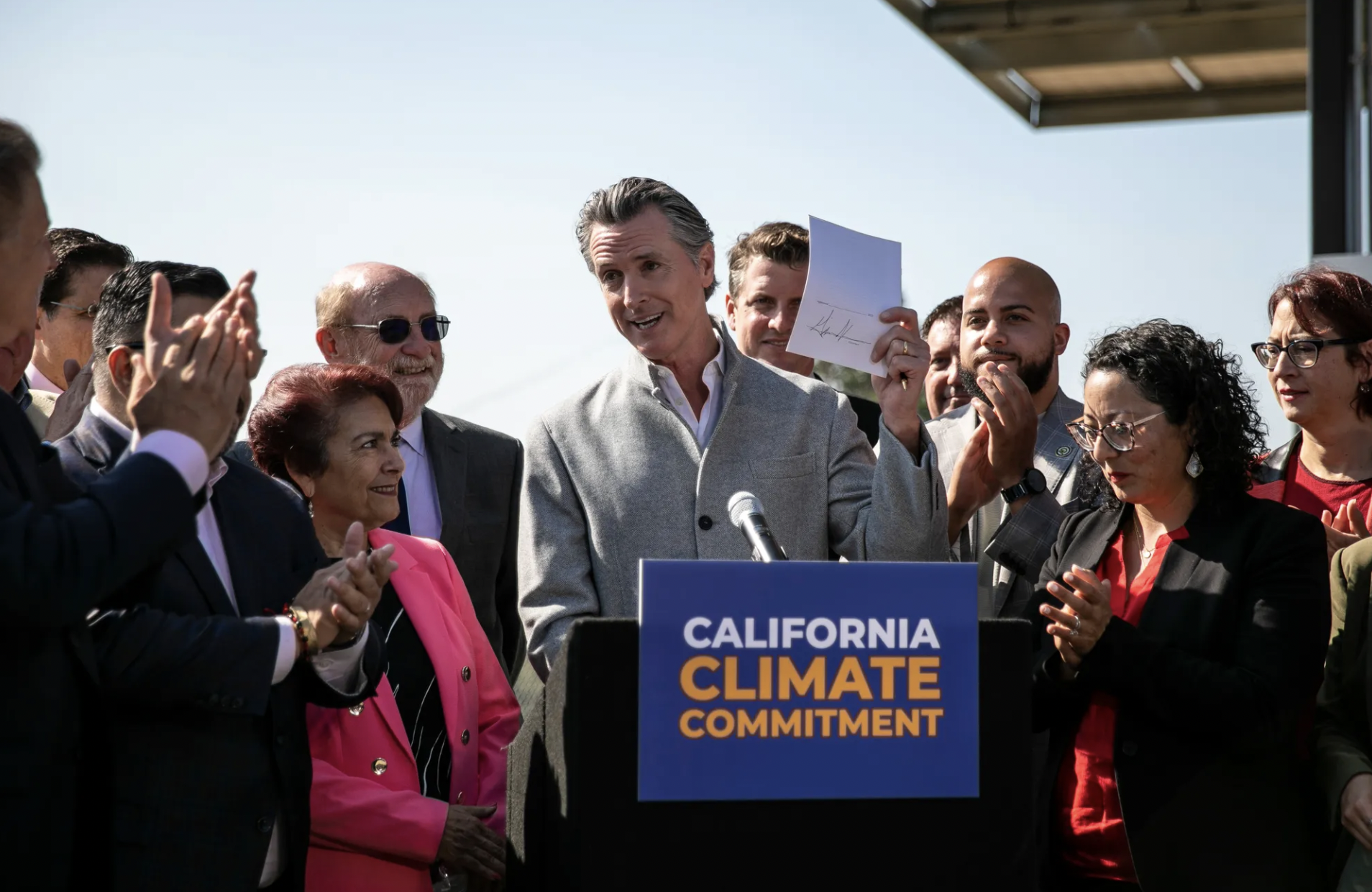
The latest report by the UN’s International Panel on Climate Change (IPCC) says the world must cut greenhouse gas (GHG) emissions by 60 percent compared to 2019 levels by 2035. This marks the most ambitious GHG reduction goal yet, and the role of forests is notably absent.
The U.S. is already behind on a previous target: cutting emissions by 50 to 52 percent by 2030. Even with $369 billion devoted to climate solutions under the Inflation Reduction Act, the Environmental Protection Agency predicts that the U.S. will still fall well below its 2030 reduction target based on measures targeting fossil fuels alone.
Major energy and transportation infrastructure improvements require large-scale technology innovation, demanding both time to develop and vast sums of money to subsidize and implement. The U.S. and individual states need to engage the power of forests – and other lands – to help meet essential carbon emissions reductions targets. Forests are among the most cost-effective, scalable and immediate solutions that we have access to.
Once again, California is leading the way in establishing clear, definable climate targets for natural and working lands as a sector. Last September, Gov. Newsom signed into law the Natural Climate Solutions Bill (AB 1757, Asm. Garcia and Rivas). The new law requires state agencies to set targets for natural carbon removal and emissions reductions on natural and working lands (NWLs) at eight-year intervals, with the first target set for 2030. It also calls for rigorous verification systems for sequestration projects.
PFT was a key supporter of this legislation, and is proud to serve on, and chair, the Expert Advisory Committee that is charged with developing targets for the sector. From the state’s extraordinarily rich and diverse forests, grasslands and agricultural lands, to our wetlands and coastal water sea grass beds, the state’s natural and working lands have a critical role to play in meeting our goals for a safe climate. America’s forests have the capacity to be both large sources of CO2 and powerful absorbers of CO2. It all boils down to how they are managed, and if they are conserved, which in turn boils down to correct incentives and establishing measurable, ambitious targets.
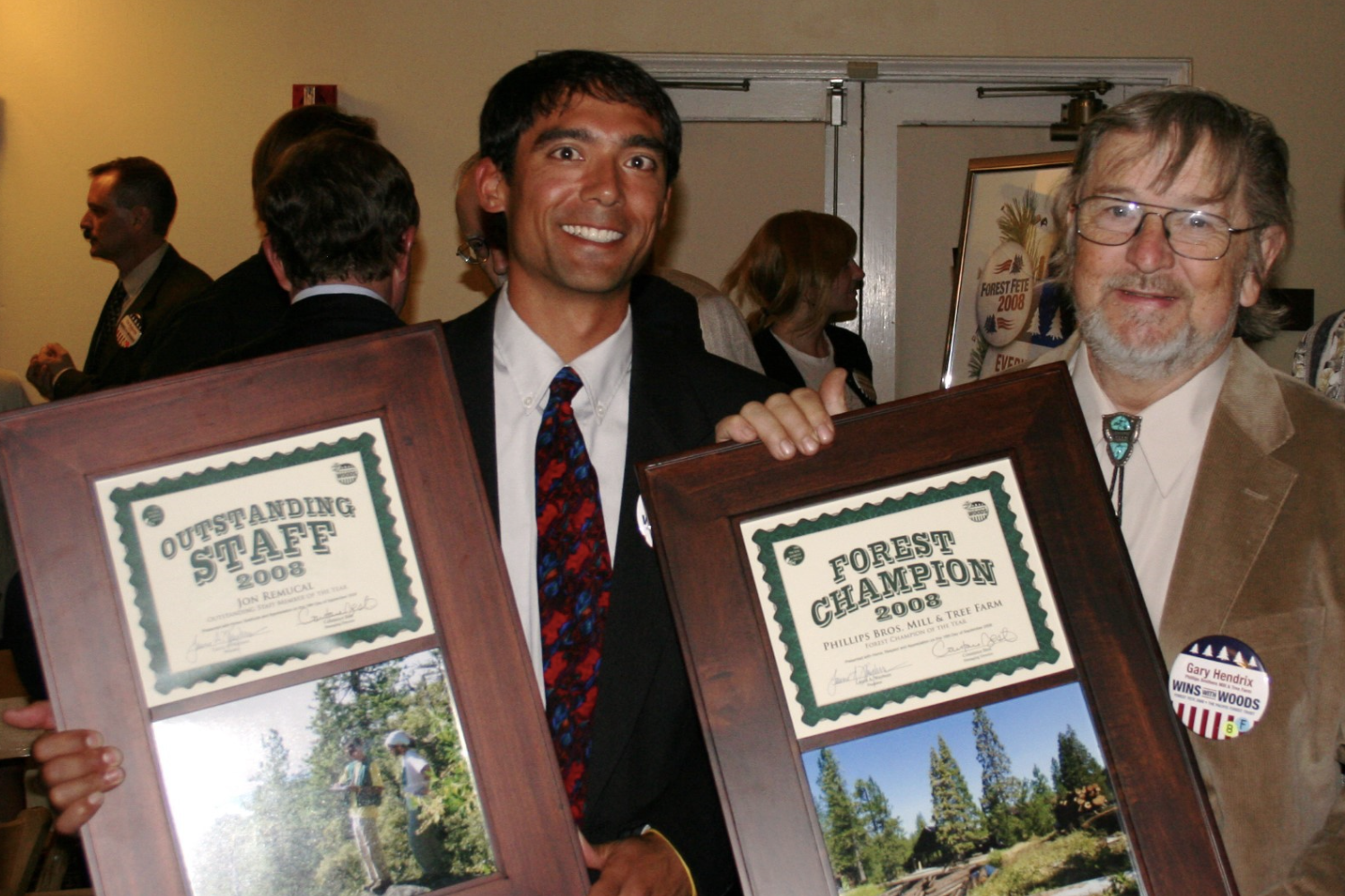
This year, we’ll be celebrating 30 years of PFT by featuring some of our long-standing Working Forest Conservation Easement projects, and the dedicated landowner partners who are their forest stewards. We open the series by honoring one of our first WFCEs and the family leader – and longtime friend of PFT – who led the conservation of their property, Gary Hendrix. We were deeply saddened to learn that Gary passed away earlier this year, and we are honored to share in his legacy.
Isaac Phillips settled in Shasta circa 1854, homesteading on what would become the 900–acre Phillips Family Tree Farm – a multi-generational (six and counting!) home and managed forest. The Hendrix family still operates the last fully steam-powered sawmill in California, which is also listed in the National Register of Historic Places.
Gary Hendrix knew he wanted to maintain the property as a productive forest and family legacy. He was also concerned about protecting the land for all its conservation values beyond his own generation. He worked with the family in partnering with Pacific Forest Trust, establishing one of our first Working Forest Conservation Easements (1998) legally protecting the Phillips Family Tree Farm – and guiding its management for an older, naturally diverse forest – in perpetuity. The family’s stewardship is reducing fuel loads, promoting older forests and retaining features of natural meadows and expanded stream buffer zones, all within the terms of the easement and a long-term management plan. One of their products is made using only dead Ponderosa Pine; the wood’s unique blue stain is now prized in the timber marketplace.
“I’m not going to be around forever. But thanks in part to our work with PFT, I feel good about what I’m leaving behind.” – Gary Hendrix
The efforts of Gary and the Hendrix family didn’t stop at signing an easement agreement. Gary would go on to be a staunch supporter of PFT’s working forest conservation efforts. He was an inaugural member of the Klamath-Cascade Advisory Council, where he collaborated with local, state and federal officials, regional land & mill owners, managers and regional nonprofits to solve pressing forest conservation and management issues affecting his home county and beyond. Gary was a past President of Forest Landowners of California and the family was named California Tree Farmer of the Year. Gary also inspired future generations to conservation and stewardship, including his granddaughter Sarah.
“We were honored and grateful to work with Gary for over 22 years; his family stories and legacy are remarkable. We will miss him, but his spirit lives on in the amazing Phillips Forest.” – Laurie Wayburn, PFT President and Co-founder
Gary and the Mill
Gary shovels sawdust and scrap wood into the steam-powered engine that powers the Phillips Tree Family Farm mill.
Klamath Cascade Advisory Council
Gary speaks at PFT’s inaugural Klamath Cascade Advisory Council meeting in 2010.
“Outside-the-box” Awards
For many years, Gary used the farm’s prized blue-stained wood to produce these beautiful boxes for PFT’s “Outside-the-box” award recipients.
ICYMI
In case you missed it (ICYMI), here are some other exciting things PFT has been involved in lately!
ESG media hub ImpactAlpha featured our longstanding work demonstrating the values of conservation-based forestry, using the van Eck Forests as our “living laboratories.” Check out “Privately owned working forests are a climate asset.”
Give with confidence. Charity Navigator awarded Pacific Forest Trust a perfect score in finance and accountability.


